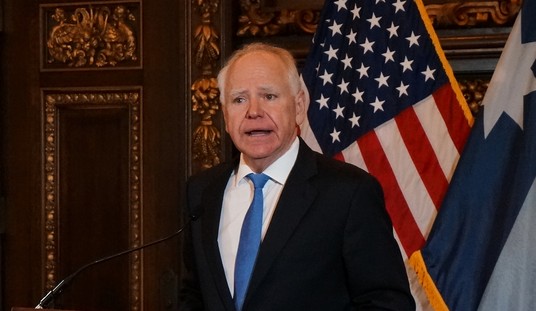Weary Colombian citizens immediately applauded the announcement. They hope the deal will end the 52 years of war FARC ignited in 1964.
260,000 people have died in the conflict. 45,000 are missing.
Past ceasefire agreements failed to end the war. Non-aligned militia forces, some with right-wing political agendas, some with no definable agenda, have complicated previous deals and could trouble this one.
However, after three weeks and some public second-guessing by hard-core FARC militants, it appears the August agreement could eventually cause this round of La Volencia to fade.
Yes, this round. Another La Violencia pitting political left against political right gripped Colombia from 1948 to 1958. Somewhere between 200,000 and 300,000 people died in one decade of relentless slaughter by militias, guerrilla groups, paramilitary forces and bandit gangs. The formation of a power-sharing National Front government helped end that chaotic conflict.
When FARC declared war on the National Front government, Communists were preaching global revolution. The end of the Cold War unmasked their Workers Paradise scam. In 1991, the impoverished Soviet Union (a key FARC ally) collapsed. With Moscow and Fidel Castro's Cuba no longer providing support, many Colombians believed FARC's war would fade.
It didn't. FARC adapted. Still "nominally Marxist," it maintained connections with other guerrilla and terrorist groups. However, FARC transformed itself into a disciplined criminal organization allied with drug cartels. That was ironic, for at one time Colombia's cocaine cartels united to combat FARC. FARC guerrillas became mercenary gangsters providing security services. In the process, their guerrilla war became what some observers called The New Violence.
Recommended
2000 and 2001 were the nadir of The New Violence. By 2000, FARC rebels controlled almost 40 percent of the country, carving Colombia into "drug duchies" where the government exerted no control.
That same year, the U.S.-supported "Plan Colombia" (a $7.5 billion dollar program with the U.S. kicking in $1.3 billion) provided the hard-pressed government with 60 new helicopters. Suddenly the government had the ability to quickly move troops into the mountains and jungles.
Its political camouflage lost, Colombians identified FARC as just another gang. In August 2002, they elected Alvaro Uribe president. Uribe promised to crush FARC and restore law and order. He fired bureaucrats, collected taxes, and increased security spending. Within three years, FARC and other violent groups were in retreat.
Yet it took 11 more years to convince the die-hards to quit. Now-deceased Venezuelan socialist leader Hugo Chavez helped keep FARC alive. Venezuela's collapse into impoverished socialist anarchy has ended that lifeline.
The August agreement confronts major challenges. Colombia's current president, Juan Manuel Santos, says the agreement is all or nothing. So, on October 2, Colombia will hold a referendum. Citizens will decide to accept or reject the agreement. Polls indicate Colombians will do so. However, many citizens oppose specific parts of the agreement. Former President Uribe (who remains popular) argues FARC leaders responsible for heinous crimes are treated too leniently. They will not go to prison but face "restrictions on their freedom of movement," whatever that is.
In coming months, FARC's rank and file guerrilla-gangsters must assemble in "Transitional Village Zones for Normalization" and turn in their weapons. In exchange they will receive a limited amnesty. These "safe camps" in the hinterland, however, must be created then secured. This is a huge logistical challenge.
Even a ratified August agreement will not produce immediate peace. Several observers argue some FARC militants will quickly give up on civilian life and join militias that are not subject to the peace deal or go to work for drug cartels. The agreement does signal FARC as a combatant force has fractured. That means overall violence should diminish, dramatically, and that will give political reconciliation a chance.

























Join the conversation as a VIP Member